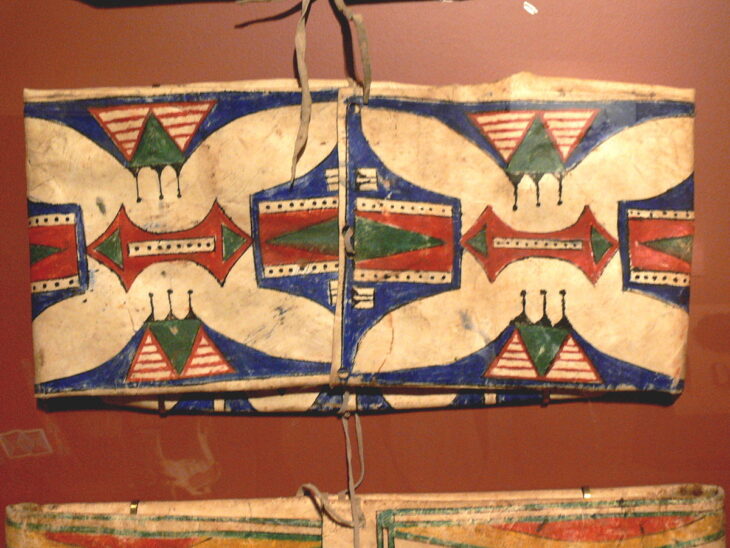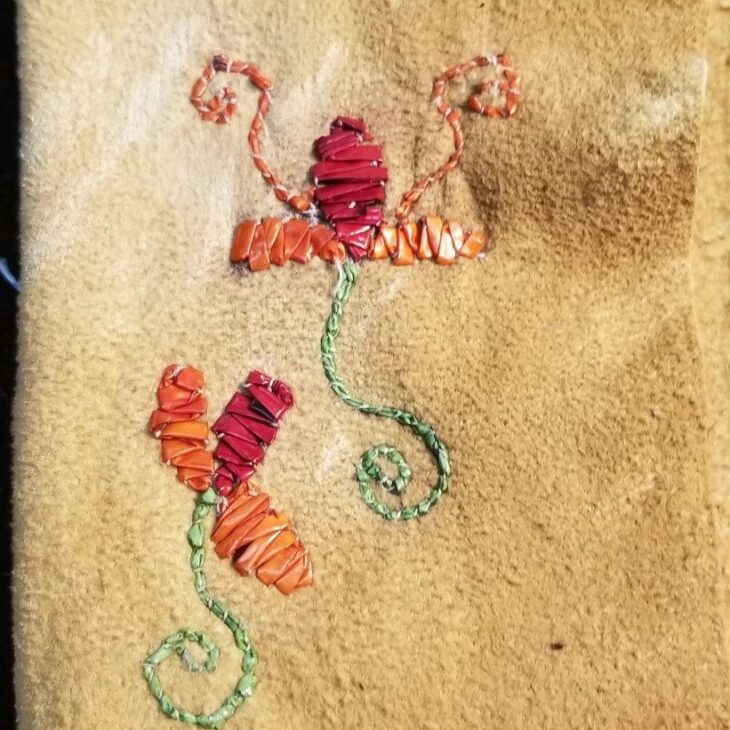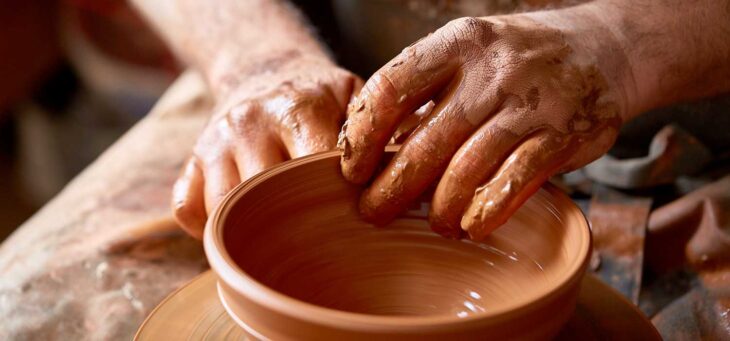Native Americans are defined as a member of any of the indigenous peoples of the western hemisphere, especially Native Americans of North America and especially the U.S.
Native Americans have so many names like Indian Americans, Amerind, Indian, aboriginal American, or First Nation person, member of any of the aboriginal peoples of the Western Hemisphere, although the term often connotes only those groups whose original territories were in present-day Canada and the United States.
Native American art refers to the artwork created by the original native people of the Americas. Despite not having any connection to India, the aboriginal people of the region are often referred to as Indians, and their art is known to many as American Indian artwork. Native Americans are known for their artwork skills you can check their artwork at canddgiftsnm.com. Native art from the Americas includes Native American sculpture, textiles, basket weaving, Native American paintings, murals, and Native American drawings from North and South America, as well as parts of Siberia, Alaska, and Greenland.
Native American culture across the United States are generally known for their immense range and diversity of lifestyles, regalia, art forms, and beliefs. The culture of earliest North America is usually defined by the concept of Pre Columbian culture, namely a geographical region where shared cultural traits occur.
Characteristic of Native American Art and Culture:
Contents
1. Rock Carvings and Plain Hide Painting

Source: en.wikipedia.org
Rock carvings or also known as petroglyphs paintings was an early form of art that was done by the native Americans in Northwest of Reno, Nevada, near the dried-up lake Winnemucca is one of the earliest known rock carving paintings in America. It is believed that these rock carvings are believed to be between 10,500 and 14,800 years old and feature repeating designs of dots and swirls.
Archeologists believe that many of the petroglyphs are a means of recording events. For the nomadic tribes of the plains, all possessions had to be portable. To honor their gods, they painted elaborate designs on buffalo hides. These hides were then made into everything from tipis, clothing, and robes to drums and shields. Men painted symbols of battles or hunts while women painted geometric designs. The Lakota also used hide painting to create Winter Counts, which were pictorial histories of tribes.
2. Quillwork, Beadwork, & Sand Painting

Source: pinterest.com.au
Porcupine quillwork is the oldest type of Native American embroidery, made by the tribes of the Great Plains. Porcupine quills were dried, flattened, and dyed with plants, berries, and lichens and then arranged into designs and stitched to buffalo hide clothing, moccasins, medicine bags, jewelry, war shirts, and horse blankets.
Frequently, materials such as shells and animal teeth were also added to the designs. Later, more colorful glass beads obtained from European traders were assimilated.
Navajo healers use sand paintings in their healing ceremonies. The sand paintings are retellings of the memories of the traditional healers and are created to invoke the Spirit to cure illnesses. These ceremonial sand paintings are destroyed when the ceremony is over to represent the temporary nature of the work.
By the 1950s the artists learned to glue the sand to boards to market the sand paintings. This has preserved the beauty of the art for everyone to enjoy.
3. Pottery, Basketry, & Weaving

Source: experiencetamborinemountain.com.au
By the third century C.E., the sedentary, agricultural Anasazi tribes of the southwestern United States were making pottery as storage containers for grains, seeds, water gathering, and food preparation. Some pieces were also used for ceremonial events.
Dry lumps of clay were dug up, soaked, and cleaned, making the clay shapeable. Pottery was hand-built from coils and then finished by scraping and polishing the surface until it was smooth. Decorative designs and natural pigments were added, and the pot was pit-fired using dung as fuel.
Basketry was also needed by agricultural tribes for storage containers, and baskets from ancient Southwestern tribes have been identified as almost 8,000 years old. Some baskets were woven in the rib style, where the ribs form a skeleton of sorts for the horizontal bands to weave over and under. Others are woven coil style, where a bundle of twigs, pine needles, or grass is bundled into a core ‘snake’ while additional fibers are wrapped around the coil and stitched together. Designs incorporate symbols that are often linked to nature.
4. Respect and Harmony

Source: capitalscoalition.org
American Indian culture emphasizes harmony with nature, the endurance of suffering, respect and noninterference toward others, a strong belief that man is inherently good and should be respected for his decisions. Such values make individuals and families in difficulty very reluctant to seek help. Their fear and mistrust toward non-Indians caused by past oppression and discrimination make it almost impossible for a non-Indian provider to gain entry into the Indian family system
Conclusion
No art or culture is superior to the others. The Native American art is as good as the rest which has gone down in history. These were initially used to serve as a messenger between people of the same tribe, or as a means of communication between two tribes. As time went on, this art became more and more personal to the artist and thus, led to the creation of their art genre, which is now treated with respect and love all over the world. Art and culture are very intricately packed, thus making Native art a popular method to study the different cultural sects and practices of that time.
